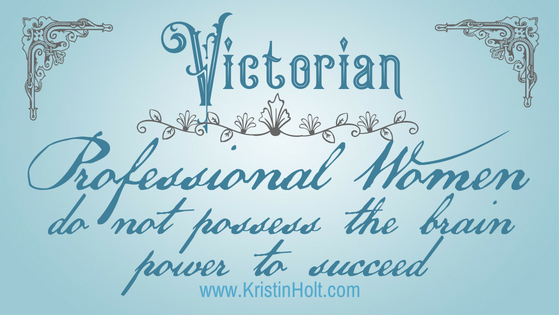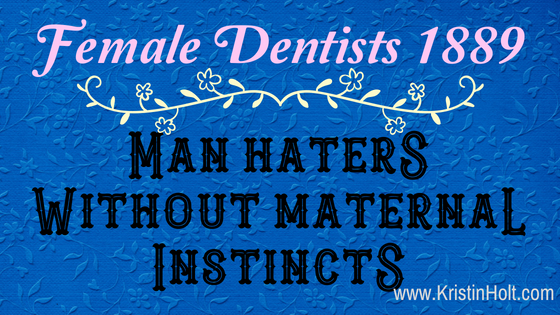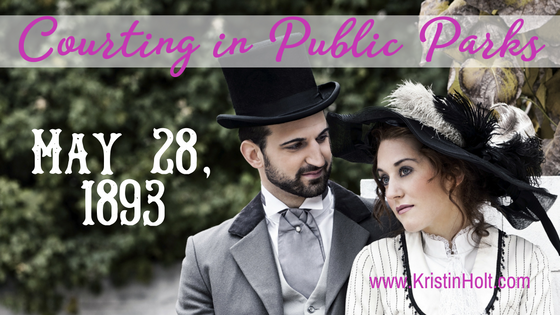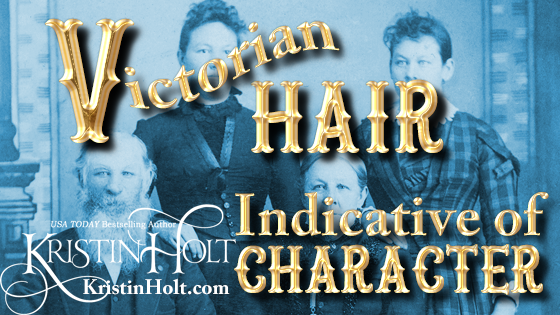
by Kristin Holt | Jun 16, 2018 | Articles
Nineteenth Century popular belief–wholly supported by Medical Doctors’ and scientists’ claims–genuinely believed that educating females in the same manner as males invited an entire host of disastrous results. Those terrifying results included everything from destruction to the woman’s reproductive system, mental breaks (yes, insanity!), and a long list of physical diseases. Because the vast majority believed these consequences to be true, women weren’t allowed to seek education in a male-dominated classroom. The battle over co-education continued long after the late 19th Century for these reasons. Not only was the woman’s mind and body at terrible risk, should she be educated like a male, but everyone knew a female mind couldn’t take in significant learning.

by Kristin Holt | Jun 14, 2018 | Articles
Nineteenth Century American women who desired an advanced education (and to work as a professional) fought an uphill battle. As late as the final decade (1890s) cultural beliefs demanded “good” women made home a bit of heaven on earth, toiled only as a help-meet to her husband, and found all the joy and satisfaction there she could possibly need. Historical sources underscore this dated belief system, and set the stage for the challenges faced by my character Dr. Isabella Pattison, DDS, in Isabella’s Calico Groom (within Calico Ball: Timeless Western Collection).

by Kristin Holt | Nov 22, 2016 | Articles
In 1893, expectations surrounding courtship made it improper for a couple to show affection for one another in public. Baltimore apparently outlawed simple signs of affection in their city parks, raising the alarm in New York City where Central Park was a key location for courting couples to go about their courtship (which included simple things like sitting on a bench together, a man’s arm about his sweetheart’s waist). This article includes a newspaperman’s interview with two different Central Park policemen, one who favored strict laws prohibiting such displays of affection and one who was most tolerant. Step back in time and enjoy an entire vintage newspaper article and historic images of Central Park in the late 19th century.

by Kristin Holt | Oct 23, 2016 | Articles
It’s no surprise in today’s environment that women (and men) can choose any color hair they desire, piercings and tattoos at will, and permanent makeup (tattooed eyeliner and lip-liner). I shouldn’t have been surprised to learn today’s plastic surgeons offer dimple surgery to create the desirable feature Mother Nature forgot to grant. What shocked me was the inventive Victorian who figured out how to artificially bring about dimples.

by Kristin Holt | Oct 14, 2016 | Articles
Similar in nature to the nineteenth century confidence in Phrenology as an indicator of personality and character, this descriptive (short) chapter from a barber’s manual from turn of the century (circa 1900) illustrates the Victorian-era suggestion that hair color is indicative of character. Did Mr. Bridgeford, Barber College teacher, accurately connect your hair’s nature to your personality traits?













